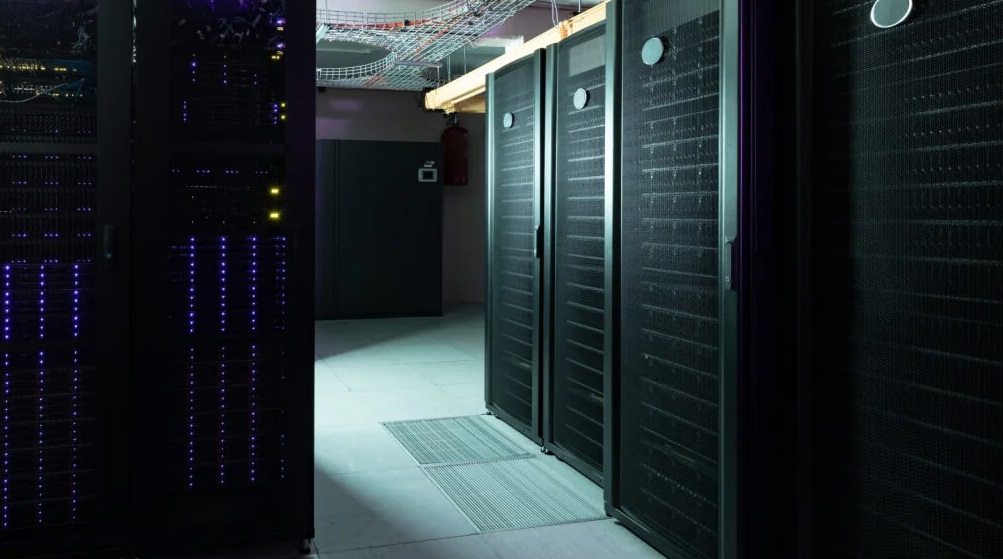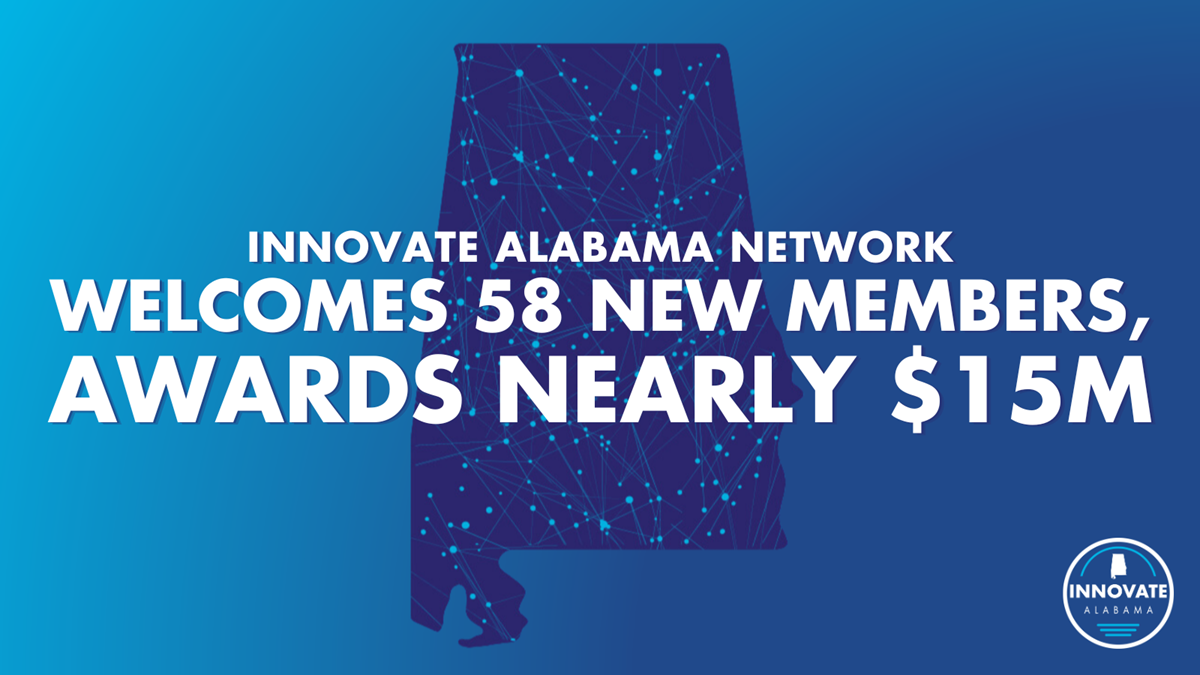R&D at Alabama Power’s Plant Barry plays part in Texas’ Petra Nova project
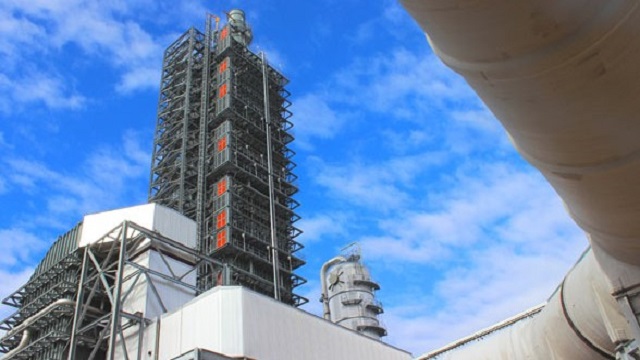
Sixteen-foot diameter ductwork takes flue gas from the coal plant to the Petra Nova facility where the CO2 is removed from the flue gas by the amine solution and then separated from the amine as 99.9 percent pure CO2 before being compressed and delivered to the oil field. (Photo: Business Wire)
When the world’s largest post-combustion carbon capture project announced commercial operation last week in Texas, Southern Company‘s 25-megawatt (MW) carbon capture demonstration at Alabama Power’s Plant Barry was at the root of its success.
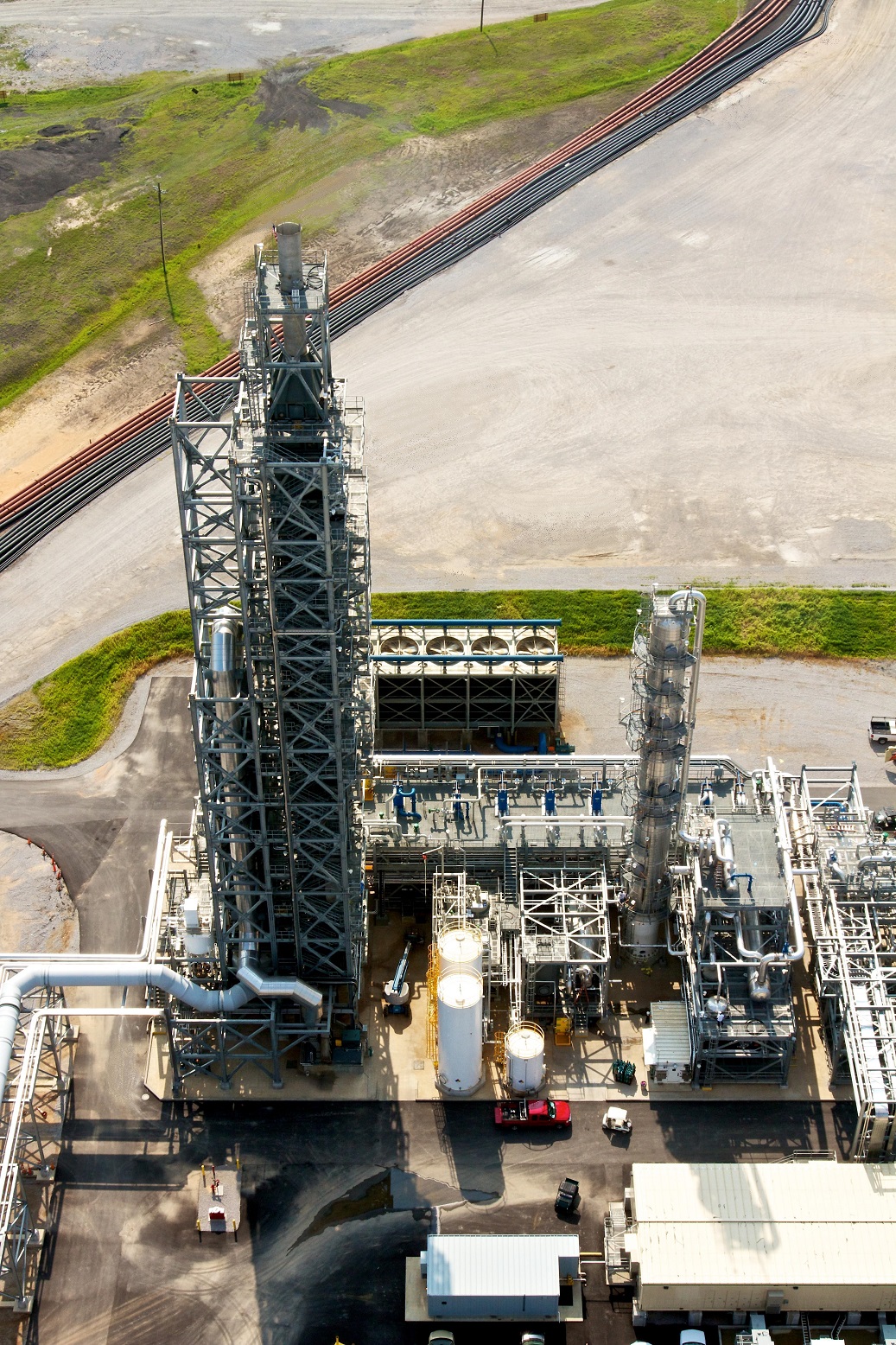
A research project at Alabama Power’s Plant Barry near Mobile helped develop the process being used on a commercial scale at Petra Nova. (file)
The mammoth Petra Nova carbon capture plant – a $1 billion dollar joint venture between NRG Energy and JX Nippon Oil & Gas Exploration – uses the same KM-CDR Process that was first operated at pilot scale for three years at Plant Barry. The KM-CDR Process was jointly developed by Mitsubishi Heavy Industries Ltd. and Kansai Electric Power Co.
“Southern Company’s demonstration of the KM-CDR process at Alabama Power’s Plant Barry proved the technology could be integrated into the operations of a power plant and that the carbon dioxide (CO2) could be compressed and transported to its point of use,” said Jerrad Thomas, Southern Company research and development engineer. “With the lessons learned at Plant Barry, the developers of Petra Nova were able to successfully scale up the technology at a 10-to-1 ratio, taking it to full commercial operation.”
Before Petra Nova began full operation, the Plant Barry project was the largest demonstration of carbon capture on a pulverized-coal power plant in the U.S. The project has captured more than 250,000 metric tons of CO2, and has transported and injected more than 125,000 metric tons of CO2.

A research project at Alabama Power’s Plant Barry near Mobile helped develop the process being used on a commercial scale at Petra Nova. (file)
NRG’s operators, construction crews, designers and engineers consulted with Southern Company’s R&D team and visited the Barry site on many occasions. “They came to learn about the Barry technology, ask questions and gain knowledge – and everything they found could be applied to the new plant in Texas,” said Thomas.
Located about 30 miles southwest of Houston at NRG’s W.A. Parish generating station, Petra Nova is designed to capture approximately 90 percent of the CO2, or about 5,000 tons per day, from a 240-MW equivalent slipstream of flue gas off an existing coal-fired generating unit. The company expects to sequester 1.6 million tons of CO2 annually and pipe the CO2 about 80 miles to a nearby oil field for use in enhanced oil recovery. Construction on Petra Nova began in 2014 and the project first captured CO2 in September 2016, achieving all performance targets.
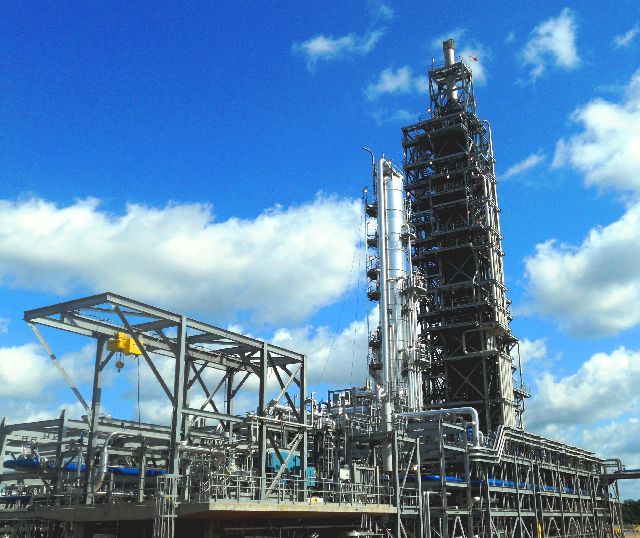
A research project at Alabama Power’s Plant Barry near Mobile helped develop the process being used on a commercial scale at Petra Nova. (file)
“Our role in the Petra Nova project proves the importance of developing and deploying pilot-scale R&D projects for the energy industry – something Southern Company is known for,” said Southern Company Chief Environmental Officer Larry Monroe. “Demonstrating the viability of the technology at Plant Barry was an important part of the development of this technology and shows how Southern Company is leading the way in a changing industry through robust, proprietary research and development.”
According to the NRG website, Petra Nova will “prove the ability to apply coal-based carbon capture technology to existing coal-fueled power plants in the U.S. and around the world.” The company also said it expects the flue gas leaving the CO2 capture system to be “among the cleanest fossil-fuel emissions in the world.”
